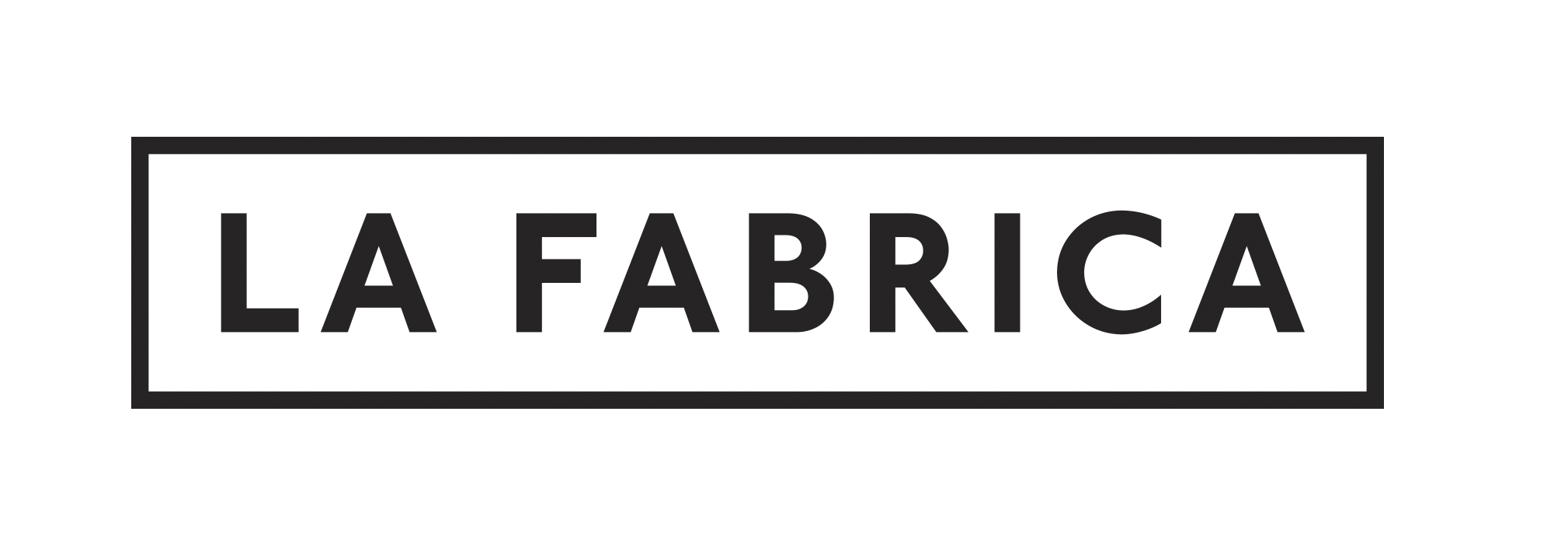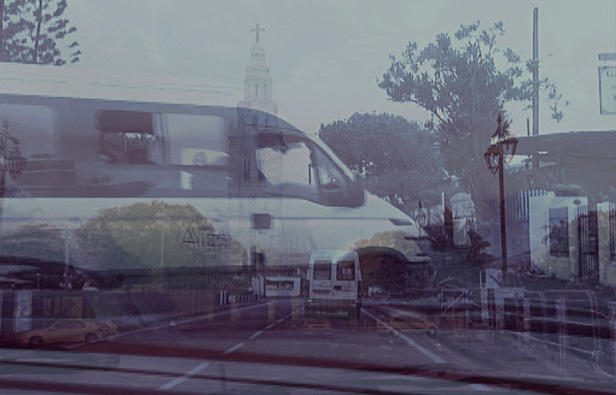ROSÂNGELA RENNÓ
07-06-2007 / 14-07-2007
Rosangela Rennó
The exhibition includes two works from the 2005 series Apagamentos, based on archive images of genuine criminal investigations, carefully selected and interwoven, and then mounted in slide frames.
It also features seven works from her most recent series, A Última Foto, produced in 2006. For this project the artist invited a group of photographers to take pictures of the Christ the Redeemer statue in Río de Janeiro using a range of cameras with different formats – from cameras from the early 20th century to modern 35 mm reflex cameras collected by the artist over the last 15 years. The series reflects on aspects such as the concept of authorship, proximity and the frictions between vernacular photography and professional photography. It also makes reference to the predicted death of analogic photography in the digital era.
The exhibition also features videos from the series Frutos estranhos 2006-2007, produced by editing and animating static digital photographic images to incorporate some form of movement. The series engages in a type of game involving the perception of moving images, obliging the spectator to watch an apparently static image for a prolonged period of time.
Rosângela Rennó frequently uses archive photographs and family albums, anonymous images in themselves destined to fall into oblivion. Using existing images enables her to concentrate on the cultural use of image, and on the restrictions (in terms of perception and communication) concerning its legibility.
Most of Rennó’s work explores the idea of appropriation. Rather than producing images herself, she prefers to rearrange large bodies of photographs, usually from archives, second-hand shops and the media – that is, photographs not normally seen as art or as having any value. In the process of selection, retouching and exhibition, the artist demonstrates how images depend on complex techniques of interpretation and elaborate ideas about the way we view them, rather than on their historical significance.
In her work, the past is not so much a temporal fact as a cultural one. An old photograph can recall a current conflict, bathing it in a new light. Reference information is occasionally outstripped by connotation and metaphor. In her well-known series Vermelha (Militares) from 2000-2003, the artist reproduces photographs of men in military uniform, real soldiers and children playing at soldiers, and colours them red. The images have clear roots in the history of Brazil, an in particular the military dictatorship that prevailed in the country from 1964 to 1985, and yet the soldiers portrayed are not from that period. Rennó’s point is the social impact of these images and the use of collective memory to provide her art with a specific context. The colour and tenuous contrast of the images makes them all the more imperceptible and latent.
As Rodrigo Alonso has said, Rennó’s photographs are fragile yet strong at the same time. Their fragility lies in their lack of adherence to a world of easily digestible images, indifference to history and the policy of forgetting. Meanwhile, their strength is manifested in the art itself, in Rennó’s insistence on retrieving the material, the iconic political and symbolic meaning of photography. For after all, a photograph is not simply reality. A photograph is a photograph.


